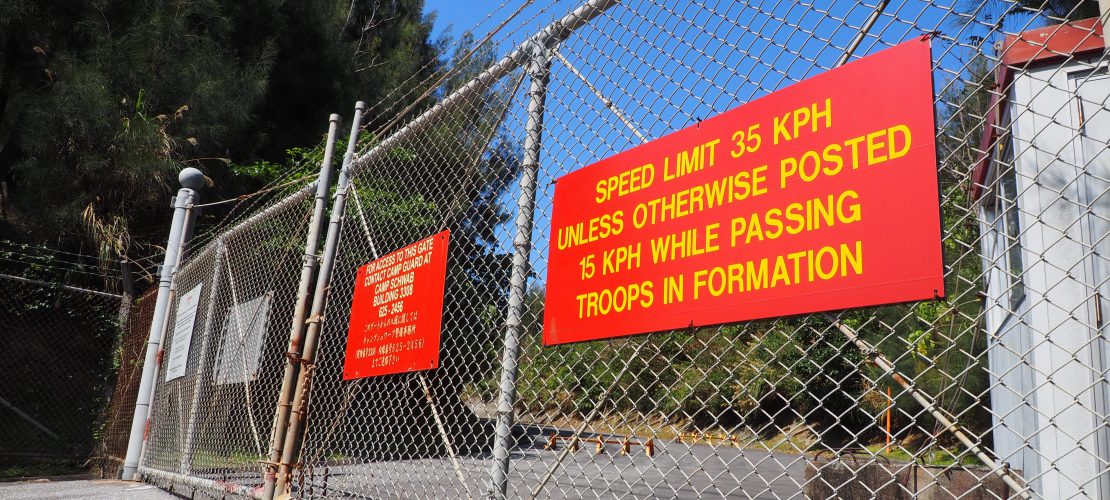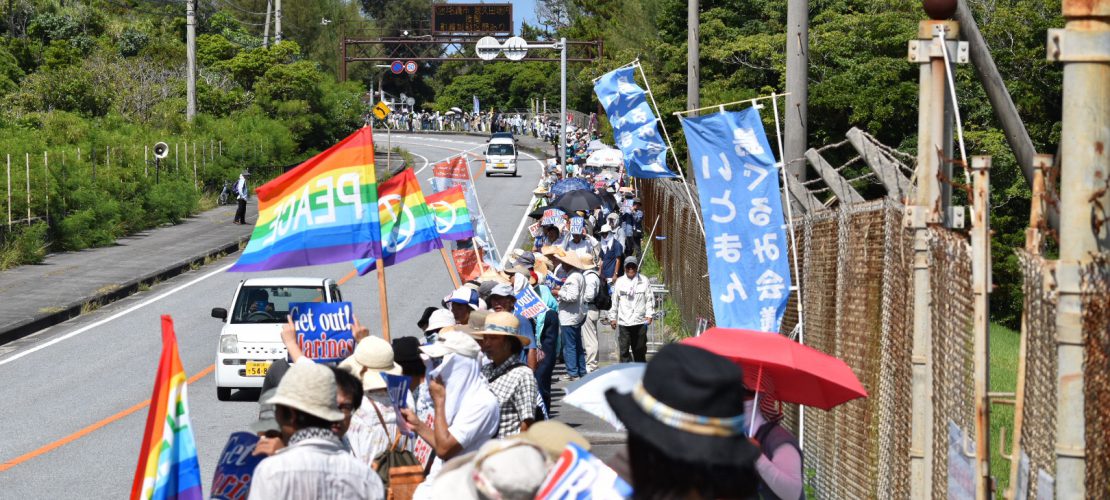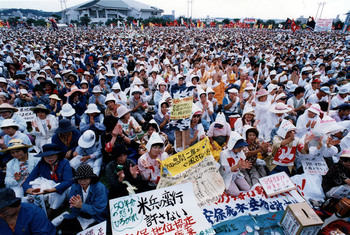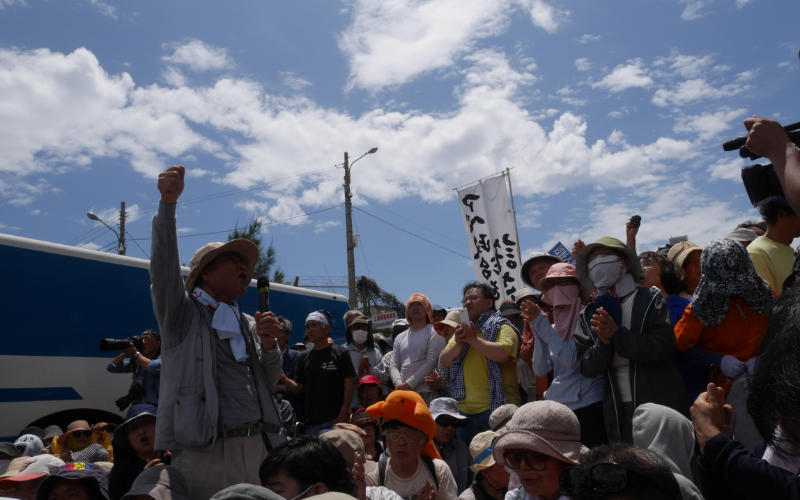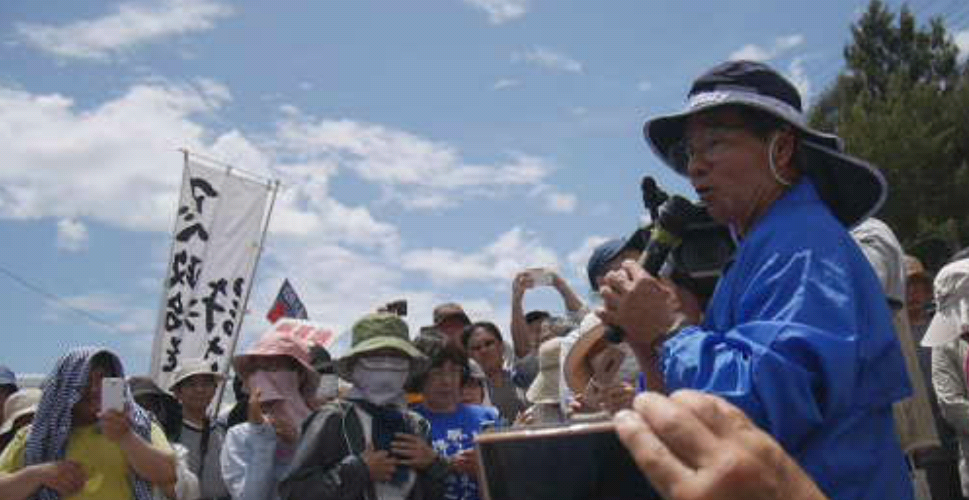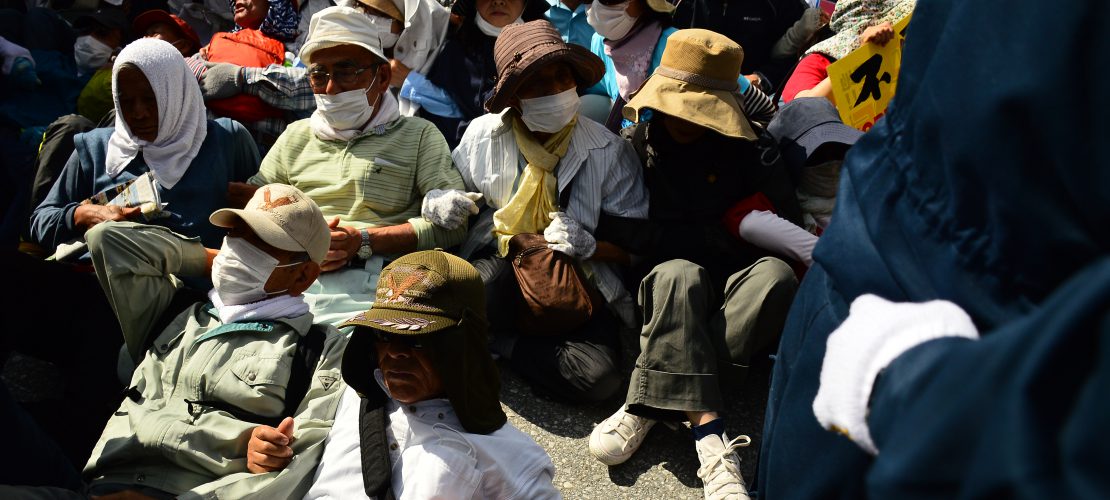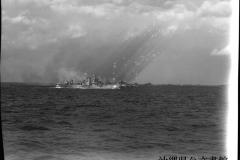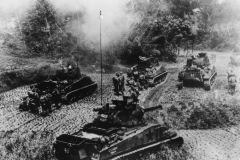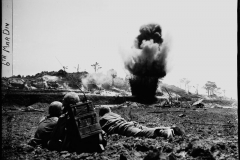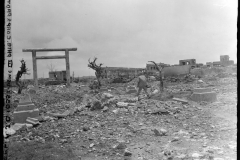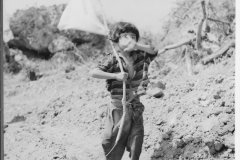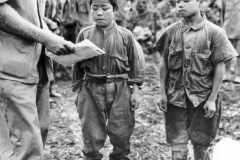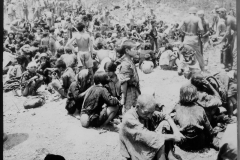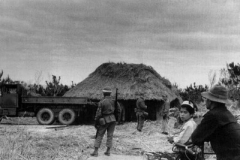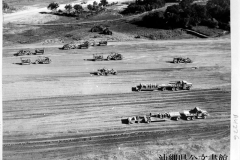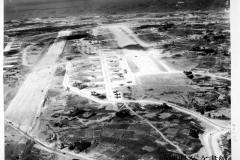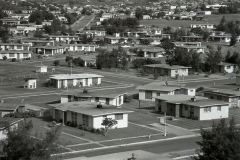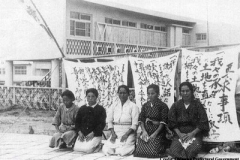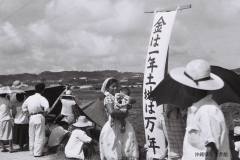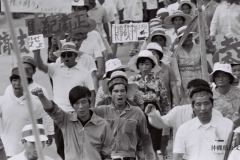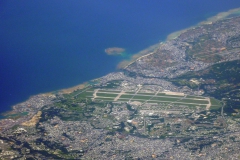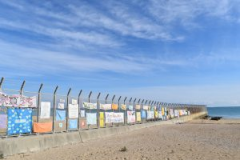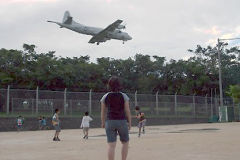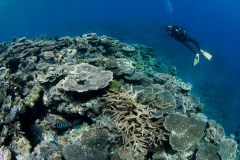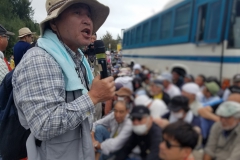The 73 Year History of Okinawa and the U.S. Military Bases
Okinawa, one of the hardest fought field during World War II. More than 200 thousand lives inclusive of civilians and U.S. and Japanese military personnel were lost in the fierce battle which was fought on land between the U.S. led allied troops and Japan over 3 months.
The battle of Okinawa was the only ground battle of World War II fought on the Japanese islands, and the land was so damaged that its islets were seriously disfigured.
Okinawa which was taken as a war trophy had been put under U.S. control for 27 years after the war. The U.S. troops drove people away from the land which was passed down from generation to generation at the bayonet point, destroyed their houses and farms with bulldozers, and then built the bases one after another.

In response to the growing protest, the U.S. Government eventually sat in the seat of negotiation. As a result of the negotiation, the governments of the U.S. and Japan reached the agreement for large scale return of the land taken for the U.S. bases.

However, the same “trick” was employed here again. In return for the closing of Futenma Air Station which is a dangerous base located in the middle of the residence area, the U.S. and Japanese goverment required to reclaim the beautiful sea of Henoko and build the most advanced multi-function base.
Henoko-Oura Bay is a precious area known as one of the most biodiversity rich areas in Japan. With its coral reefs, seagrass beds that the dugong feeds upon, and sandy mud bottom, the area supports and sustains various forms of life and is Okinawa’s treasure. Okinawa’s treasure was faced a crisis.

